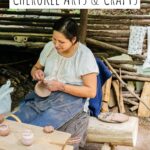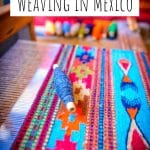A Brief History of Fabrics in Ghana
In the vibrant tapestry of Ghanaian culture, fabrics stand as vivid threads woven into the very essence of societal identity. From the historical significance of indigenous textile production to the contemporary manifestations of style and tradition, Ghana’s fabrics encapsulate a rich narrative of heritage, craftsmanship, and cultural expression. This article embarks on a journey through the diverse landscape of Ghanaian fabrics, exploring their historical importance, cultural significance, and the myriad of styles that adorn both everyday life and ceremonial occasions.
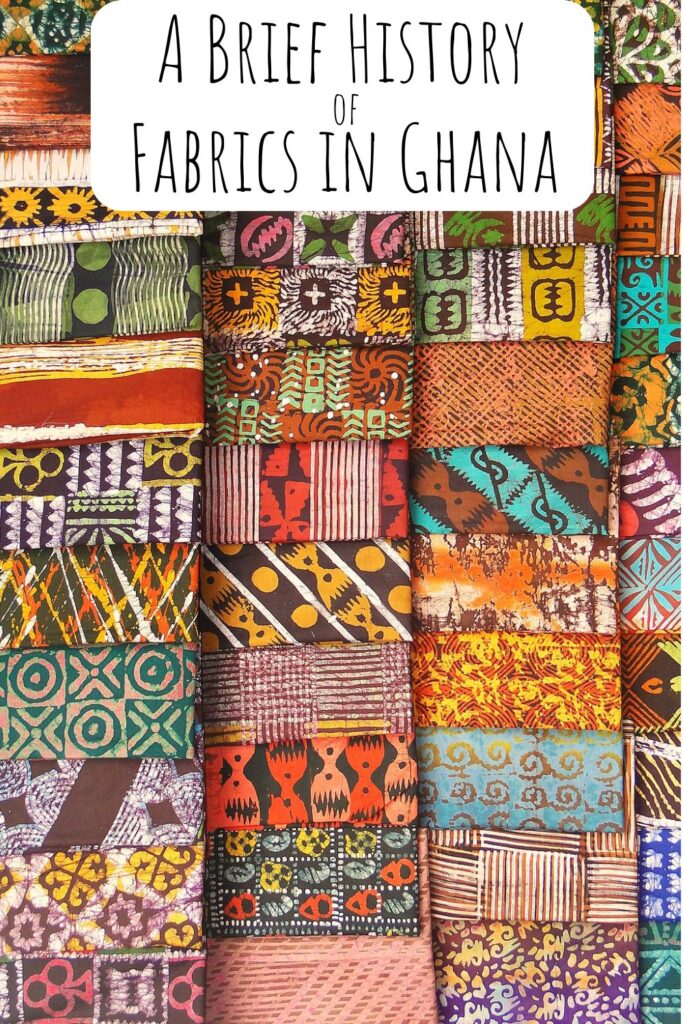
Historical Importance:
The roots of Ghana’s textile industry run deep, echoing centuries of tradition and innovation. Historically, fabric production in Ghana was predominantly a manual craft, with artisans employing traditional techniques such as hand-weaving, dyeing, and printing. Among the most renowned of these techniques is adinkra printing, a method originating from the Ashanti people, characterized by intricate symbolic designs stamped onto cotton cloth using carved calabash stamps and natural dyes. Adinkra cloth served as a form of adornment and a means of communication, with each symbol conveying a specific proverbial or philosophical message.
Another significant aspect of Ghana’s textile heritage is the kente cloth, widely regarded as a symbol of prestige and cultural identity. Traditionally handwoven by the Ashanti and Ewe peoples, kente is characterized by its vibrant colors and intricate geometric patterns. Each design holds symbolic meaning, reflecting values, proverbs, and historical events within Ghanaian society. Historically, kente was reserved for royalty and special occasions, such as weddings, festivals, and rites of passage ceremonies, symbolizing wealth, status, and cultural heritage.
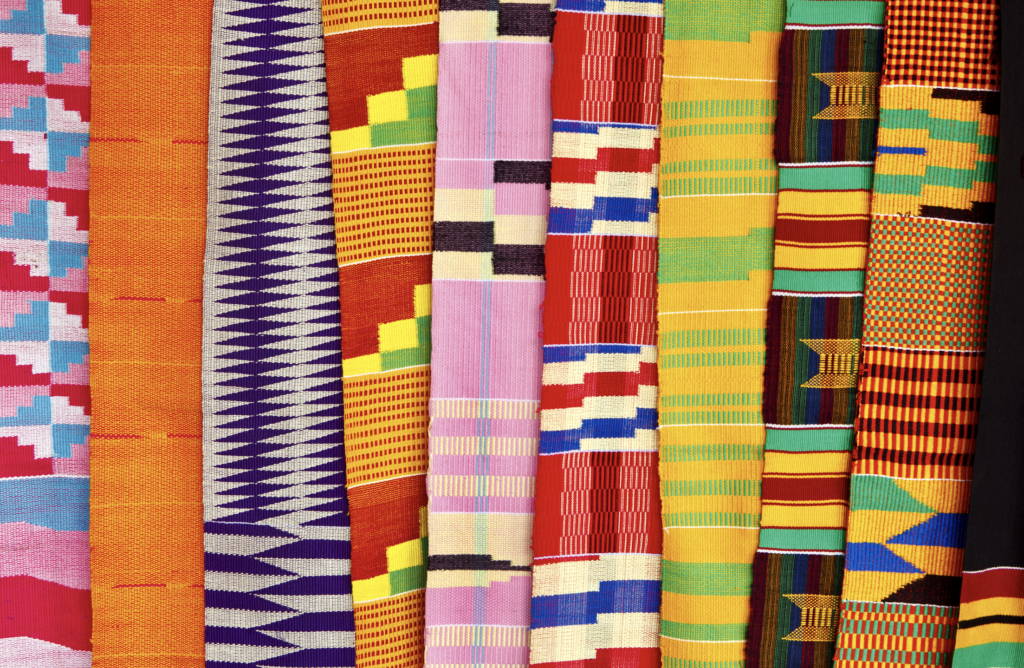
Cultural Significance:
Fabrics occupy a central place in Ghanaian culture, serving as more than mere garments but as tangible expressions of identity, belonging, and heritage. Within Ghanaian society, the choice of fabric often communicates social status, ethnicity, and personal affiliations. For instance, during traditional ceremonies such as funerals and festivals, individuals often don specific fabrics imbued with symbolic meaning, signaling their participation in communal rituals and rites.
Moreover, fabrics play a pivotal role in Ghanaian ceremonies and rituals, where they are used to convey messages, honor traditions, and mark significant life events. For example, during marriage ceremonies, couples often exchange fabric as a symbol of their union, with each piece representing familial ties, blessings, and aspirations for the future. Similarly, fabric is integral to rites of passage ceremonies, such as puberty initiations and coming-of-age rituals, where it signifies the transition from one life stage to another.

Different Styles of Fabrics in Ghana:
Ghana boasts a diverse array of fabrics, each bearing its unique aesthetic, symbolism, and cultural significance. Among the most prominent styles is wax print fabric, also known as African print or Ankara. Originating from Dutch wax-resistant dyeing techniques, wax print fabric has become synonymous with West African fashion, renowned for its bold colors, geometric patterns, and versatility. While originally produced in Europe, wax print fabric has been embraced and adapted by Ghanaian artisans, who infuse it with local motifs and designs, thus imbuing it with a distinctly Ghanaian identity.
In addition to wax print, batik fabric holds a cherished place within Ghana’s textile repertoire. Batik involves the application of wax to cloth, which is then dyed, resulting in intricate patterns and designs. Although batik originated in Asia, it has been embraced by Ghanaian artisans, who incorporate indigenous motifs and symbols into their creations. Batik fabric is prized for its craftsmanship and individuality, with each piece bearing the mark of the artisan’s skill and creativity.

In the colorful tapestry of Ghanaian culture, fabrics serve as more than mere textiles but as repositories of history, culture, and identity. From the ancient traditions of adinkra printing and kente weaving to the contemporary vibrancy of wax print and batik, Ghana’s fabrics encapsulate the spirit of a nation, weaving together threads of heritage, creativity, and cultural expression. As Ghana continues to evolve and innovate, its fabrics remain a testament to the enduring legacy of craftsmanship, tradition, and artistic ingenuity.
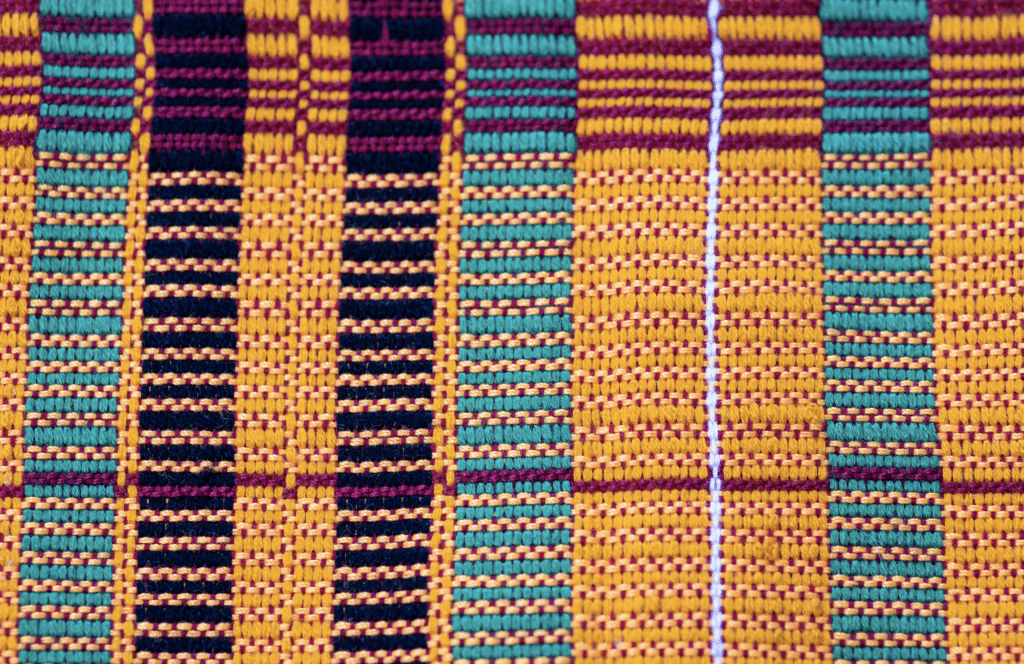
Places to Visit to Learn More About Fabrics in Ghana:
National Museum of Ghana (Accra):
Located in the heart of Accra, the National Museum of Ghana offers a comprehensive overview of the country’s cultural heritage, including its vibrant textile traditions. Visitors can explore exhibits dedicated to Ghanaian fabrics, showcasing historical artifacts, traditional weaving techniques, and iconic textile designs such as adinkra and kente. Additionally, the museum often hosts demonstrations and workshops where visitors can observe artisans at work and even try their hand at fabric crafting.
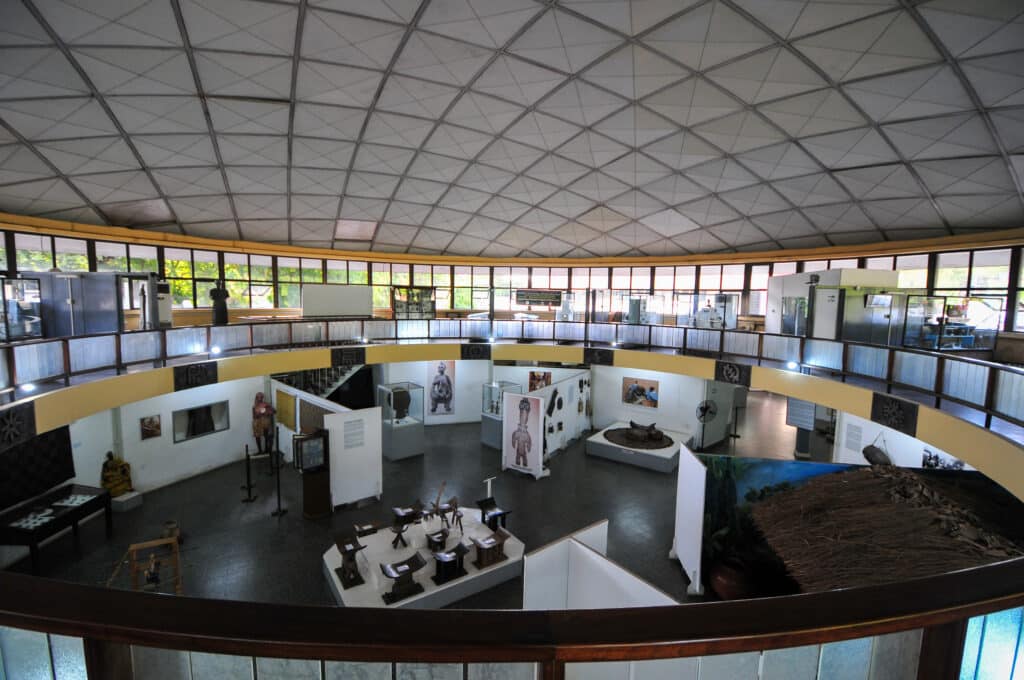
Bonwire Kente Weaving Village (Ashanti Region):
For a firsthand glimpse into the intricate art of kente weaving, travelers should venture to Bonwire, a picturesque village nestled in the Ashanti Region. Renowned as the birthplace of kente, Bonwire is home to skilled artisans who continue to practice the centuries-old craft using traditional looms and techniques passed down through generations. Visitors can tour local workshops, observe weavers at work, and purchase authentic kente cloth directly from the source, making for a memorable cultural experience.
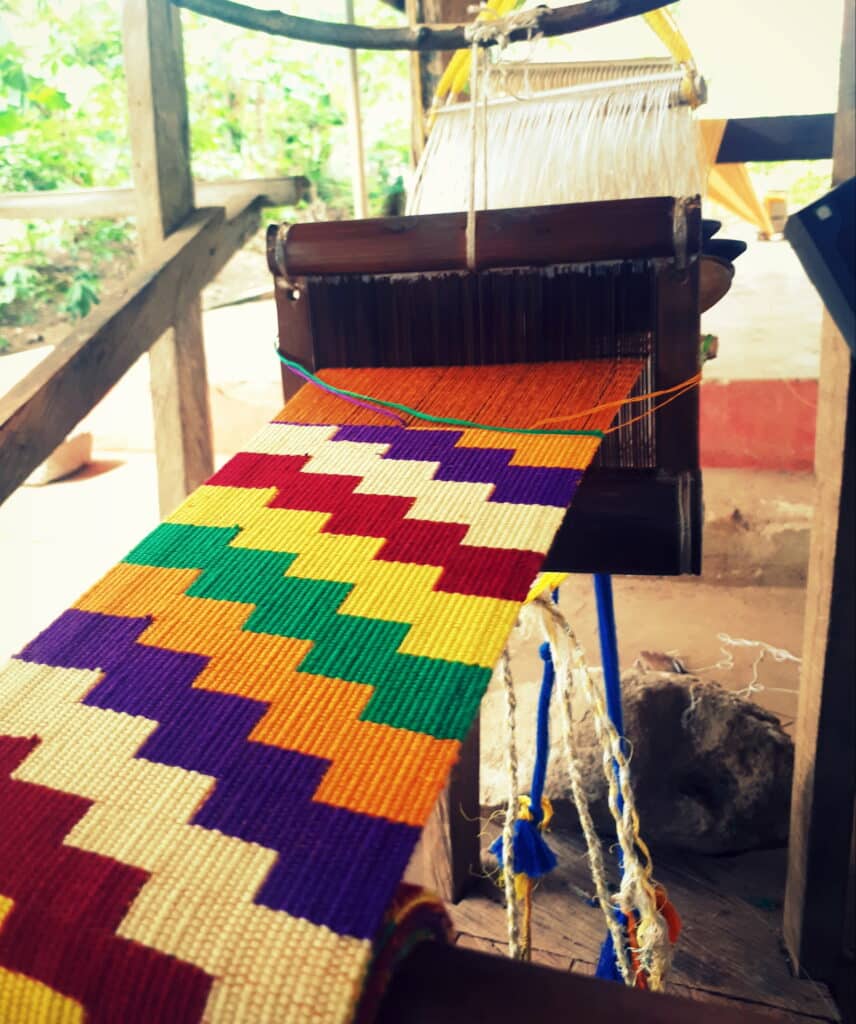
Ntonso Adinkra Village (Ashanti Region):
For those intrigued by the ancient art of adinkra printing, a visit to Ntonso is a must. Situated in the Ashanti Region, this quaint village is synonymous with adinkra cloth, renowned for its symbolic motifs and deep cultural significance. Visitors can witness the intricate process of adinkra printing firsthand, from preparing the natural dyes to carving the intricate symbols onto calabash stamps. Many artisans in Ntonso also offer interactive workshops where visitors can create their personalized adinkra cloth, making for a memorable and educational experience.
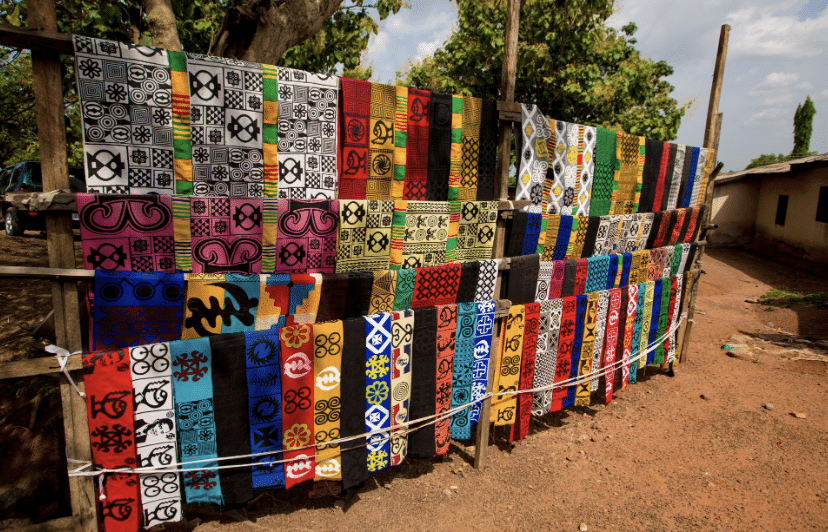
Cape Coast Castle (Central Region):
While primarily known for its historical significance in the transatlantic slave trade, Cape Coast Castle also offers insights into Ghana’s textile heritage. Within the castle grounds, visitors can explore the Cape Coast Castle Museum, which features exhibits on Ghanaian culture, including displays on traditional textiles and fabric craft. Additionally, nearby markets and artisan stalls offer opportunities to purchase authentic Ghanaian fabrics, providing visitors with a tangible connection to the country’s vibrant textile traditions.
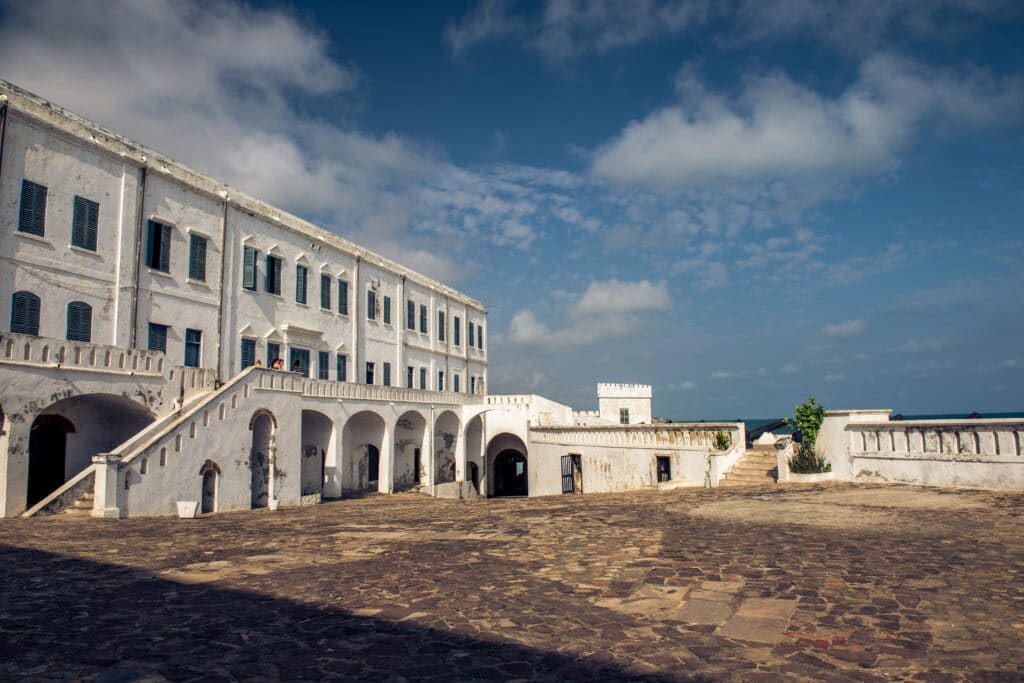
Arts and Crafts Markets (Various Locations):
Throughout Ghana, bustling markets and artisanal hubs offer a treasure trove of handcrafted fabrics, showcasing the diverse styles and techniques of local artisans. From vibrant wax print fabrics to intricately woven textiles, these markets provide visitors with ample opportunities to explore and purchase authentic Ghanaian fabrics directly from the artisans themselves. Popular markets include the Makola Market in Accra, the Kejetia Market in Kumasi, and the Kente Village Market in Bonwire, each offering a unique shopping experience steeped in Ghanaian culture and craftsmanship.
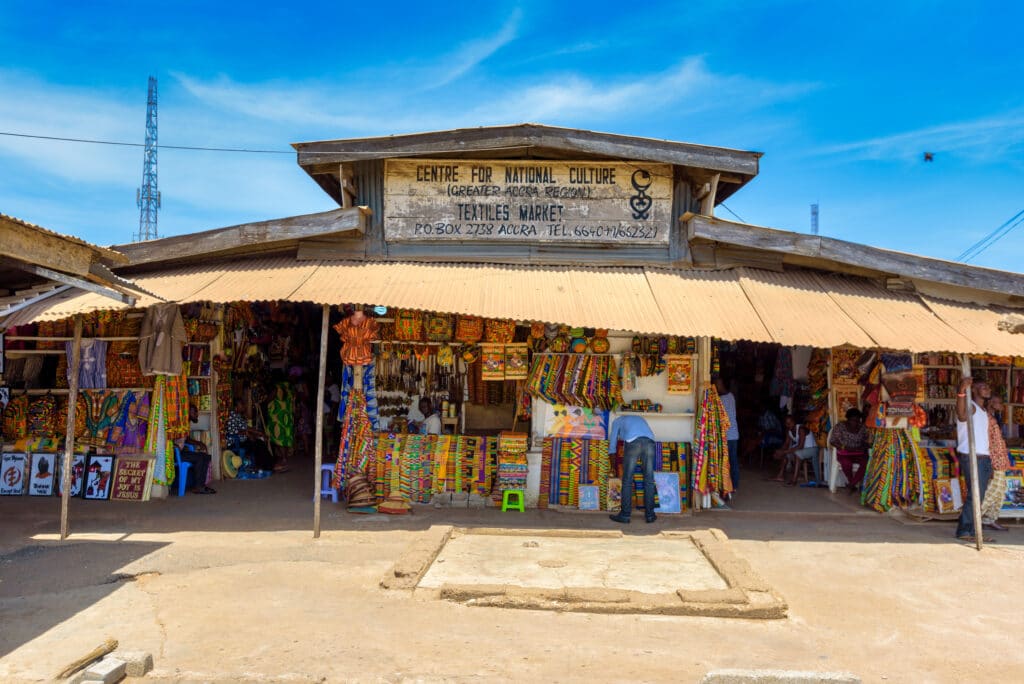
From the bustling markets of Accra to the tranquil villages of the Ashanti Region, Ghana offers a wealth of opportunities for travelers to explore its vibrant fabric craft traditions. Whether visiting renowned weaving villages, attending workshops with skilled artisans, or perusing bustling markets, visitors can immerse themselves in the rich tapestry of Ghanaian culture, gaining insights into the intricate artistry, cultural significance, and timeless beauty of Ghana’s fabrics.

